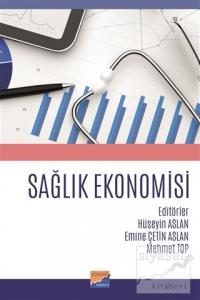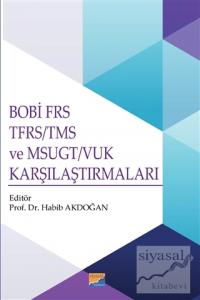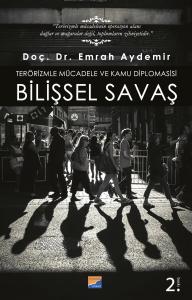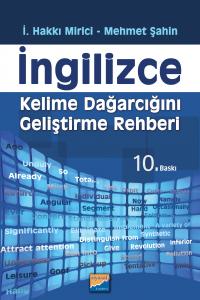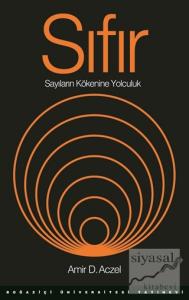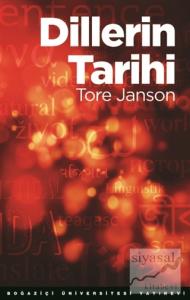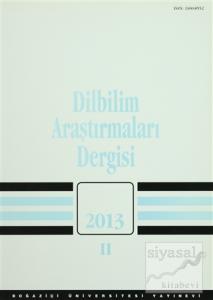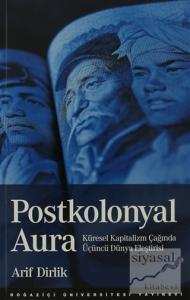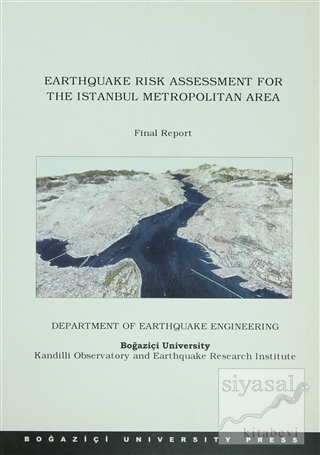
Following the losses suffered during the two major earthquakes that struck Turkey in 1999, there has been broad recognition among Turkey's governmental, non-governmental and academic organizations of the need for extensive response planning based on detailed risk analyses of likely seismic hazards in Turkey in general and Istanbul in particular.
The current research project had the following objectives:
1. The development of an Istanbul metropolitan area risk model based on current data, on:
Hazard assessment based on the seismo-tectonic structure, surface geology and local site conditions.
Shaking intensities anticipated for a deterministic scenario earthquake (M=7.5) along the Main Marmara Fault
The spatial distribution of building tpes within the general building stock and their respective levels of vulnerability to earthquake damage.
2. The development of estimates for human and social impacts as a result of such a scenario earthquake, including: building damage, casualties and people left homeless. Damage to infrastructure and lifelines are only dealt with in general terms based on the intensity levels.
3. Public provision fo the results via the Internet to enable disaster response planing.
Following the losses suffered during the two major earthquakes that struck Turkey in 1999, there has been broad recognition among Turkey's governmental, non-governmental and academic organizations of the need for extensive response planning based on detailed risk analyses of likely seismic hazards in Turkey in general and Istanbul in particular.
The current research project had the following objectives:
1. The development of an Istanbul metropolitan area risk model based on current data, on:
Hazard assessment based on the seismo-tectonic structure, surface geology and local site conditions.
Shaking intensities anticipated for a deterministic scenario earthquake (M=7.5) along the Main Marmara Fault
The spatial distribution of building tpes within the general building stock and their respective levels of vulnerability to earthquake damage.
2. The development of estimates for human and social impacts as a result of such a scenario earthquake, including: building damage, casualties and people left homeless. Damage to infrastructure and lifelines are only dealt with in general terms based on the intensity levels.
3. Public provision fo the results via the Internet to enable disaster response planing.



